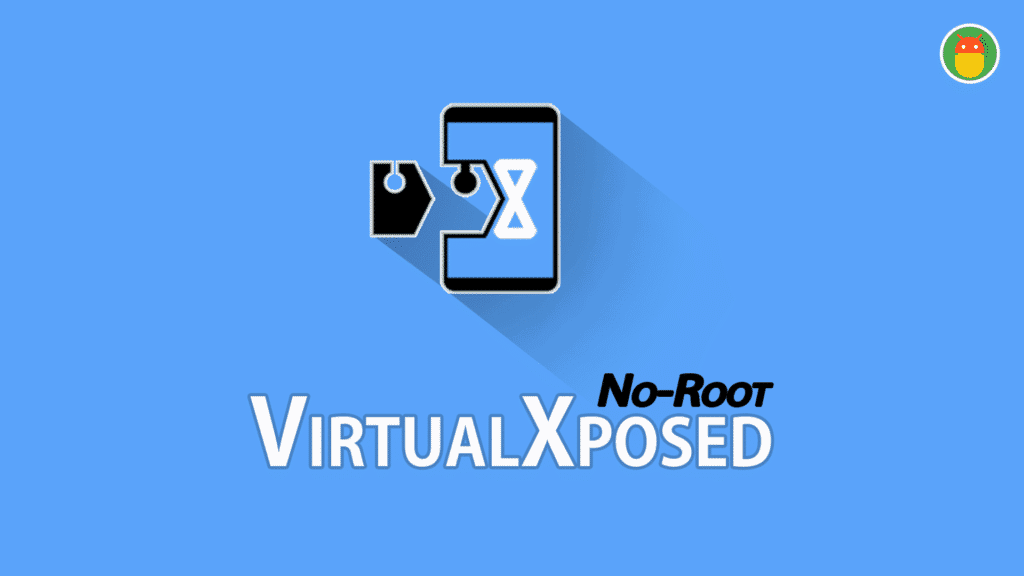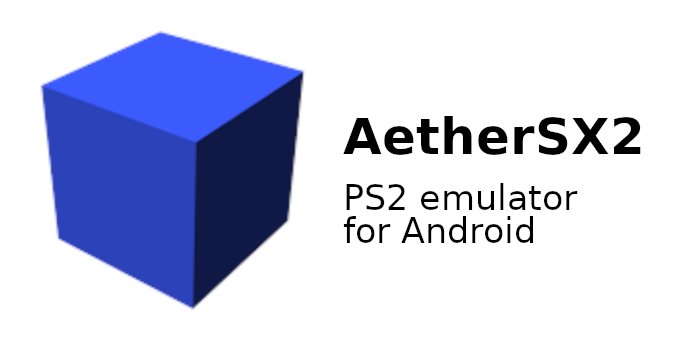Xposed Framework Apk For Android
The Android operating system is known for its customizability, allowing users to tweak and modify their devices to suit their needs. However, some of the most advanced customizations require more than just the standard options available in the settings menu. For users looking for deeper system-level changes, the **Xposed Framework Apk** is an essential tool. Developed by developer **rovo89**, Xposed Framework opens up a world of possibilities for Android users who want to fine-tune their device’s behavior and features without the need for flashing custom ROMs.

What makes Xposed Framework unique is its ability to modify the Android system without altering the underlying firmware. By using modules, users can change system-wide behaviors and add new features without the need to install a new ROM. This allows for a more flexible and versatile experience, giving users complete control over their Android devices. In this article, we’ll explore what the Xposed Framework is, how it works, and why it's so popular among Android power users.
What is the Xposed Framework?
The **Xposed Framework** is a powerful tool that allows Android users to apply modifications to the system without needing to install custom ROMs. It works by hooking into the Android system, providing a platform where modules can be installed to change the behavior of various system apps, services, and even user interfaces. Xposed allows users to make changes to their devices’ software in ways that weren’t previously possible without flashing a new ROM.
Once installed, the Xposed Framework acts as an intermediary between the Android OS and installed modules. It doesn’t modify the actual firmware or system files directly; instead, it allows modules to interact with them, applying changes in real time. This means that users can make tweaks, add features, and remove limitations without affecting the core functionality of the Android operating system.
Features of Xposed Framework
One of the key reasons why Xposed has become so popular is because of the wide range of features it offers. These features are delivered through the use of **modules** that can be installed from the Xposed Installer app. Here are some of the standout features of the Xposed Framework:
1. Customization of System Apps
With Xposed, users can modify built-in system apps without requiring root access for each individual app. For example, you can tweak the behavior of the dialer app, SMS app, or even the system notifications. The changes you make are applied globally across your system, which makes Xposed a very powerful customization tool.
2. Wide Range of Modules
The Xposed Framework is powered by an extensive repository of modules. These modules can be downloaded and installed directly from the Xposed Installer, offering a huge variety of functionalities. Some modules add new features, others enhance existing features, and some even change the visual appearance of your Android device. Popular modules include:
- GravityBox: A popular module that adds numerous customization options to the status bar, lock screen, and notification area.
- Greenify: A battery-saving module that allows you to hibernate apps that consume excessive battery in the background.
- Nova Settings: A module that brings additional features and settings to the Nova Launcher app.
- XPrivacy: A module that enhances your privacy by allowing you to control the permissions of apps more granularly.
3. System-Wide Tweaks
Unlike other Android modification tools that focus on specific apps or features, Xposed Framework allows you to apply system-wide changes. For instance, you can tweak the navigation bar, enable gestures, change the status bar icons, or even apply custom themes. Xposed gives you the flexibility to alter Android’s look and feel as you desire.
4. No Need for Custom ROMs
One of the major advantages of the Xposed Framework is that it doesn’t require you to flash a custom ROM. While custom ROMs allow for deep system modifications, they often come with their own set of issues, such as bugs and compatibility problems. With Xposed, you can achieve similar levels of customization without flashing a new ROM, meaning you don’t have to worry about system instability or losing stock features.
5. Easy to Install and Manage
While the installation of Xposed Framework requires root access, the process is relatively simple, especially when compared to the process of flashing a custom ROM. Once installed, you can easily manage the modules through the Xposed Installer app, which provides an intuitive interface for enabling or disabling modules as needed.
How Does Xposed Framework Work?
To understand how the Xposed Framework functions, it’s important to grasp how it interacts with the Android system. The core concept behind Xposed is the ability to hook into the system’s processes and modify them without directly altering the operating system’s code. Here’s how it works:
1. Installation
Once you root your Android device and install a custom recovery like TWRP, the next step is to install the Xposed Framework. This involves flashing the framework zip file from a recovery mode, which integrates the framework into your Android system. Once installed, the Xposed Framework will act as a module loader, enabling you to add or remove system modifications through the Xposed Installer app.
2. Modules
After the Xposed Framework is installed, you can begin installing modules. Each module serves a specific purpose, whether it’s adding new functionality to system apps, tweaking Android’s behavior, or even adding entirely new features. These modules interact with the Xposed Framework and are applied in real time, meaning no system restart is required for most changes to take effect.
3. Hooking into System Processes
Xposed works by “hooking” into Android’s system processes. This means that it can modify the behavior of system apps and services without directly altering their underlying code. For example, if you want to add custom features to the lock screen, a module like **Lockscreen Mods** can hook into the lock screen process and apply the changes you’ve chosen. This method provides a non-intrusive way to make deep system customizations without the risks associated with flashing custom ROMs.
Benefits of Using Xposed Framework
There are several reasons why Android users opt for the Xposed Framework when looking to customize their devices. Here are some of the major benefits:
1. Deep Customization Without Flashing a ROM
With Xposed, you don’t need to flash a custom ROM to gain access to advanced features. This means you can retain your device’s stock firmware and still enjoy the benefits of customizations and enhancements. This is especially important for users who are satisfied with their current ROM but want more options for personalization.
2. Modular Approach
Unlike traditional modifications that change the entire system, Xposed’s modular nature allows users to apply tweaks and enhancements one at a time. You can install and uninstall modules at will, making it easy to experiment with different features without committing to any permanent changes. If you don’t like a particular module, simply disable it without affecting the rest of the system.
3. Improved Performance
While Xposed offers a wide range of customizations, it doesn’t come without its performance considerations. Some modules can improve your device’s performance by reducing system bloat or freeing up system resources. Modules like **Greenify**, for instance, can help reduce battery drain by hibernating background apps, improving overall system efficiency.
4. Enhanced User Interface
Modules like **GravityBox** and **XposedInstaller** give you the ability to tweak Android’s user interface (UI) elements, such as the status bar, lock screen, and navigation buttons. These enhancements can make your device feel more responsive and provide a more personalized user experience.
Popular Xposed Modules
The Xposed Framework is only as powerful as the modules you install. Some of the most popular modules that enhance the Android experience include:
- GravityBox: A comprehensive module that adds hundreds of customization options for status bar tweaks, lock screen changes, and much more.
- Greenify: A module designed to extend battery life by hibernating apps running in the background.
- XPrivacy: A privacy-enhancing module that gives you greater control over the permissions apps have on your device.
- Amplify: This module improves your device’s battery life by controlling system-level processes and wakelocks.
- NetworkSpeed: A module that allows users to monitor and improve network speed on their devices.
Is Xposed Framework Safe to Use?
When used properly, the Xposed Framework is generally safe. However, it requires root access, and any modification to the system comes with risks. It’s essential to use modules from trusted developers and ensure that you are installing them from reputable sources. Additionally, it’s always a good idea to make a backup of your system before making significant changes, as some modules may cause instability on certain devices.
Conclusion
The Xposed Framework Apk is a powerful tool for Android users who want to customize their devices beyond what is possible with stock settings. With its modular approach, easy-to-use interface, and extensive library of modules, Xposed opens up a world of possibilities for users looking to enhance their Android experience. Whether you're looking for performance tweaks, privacy enhancements, or visual customizations, the Xposed Framework can help you make your device truly your own.
As with any advanced modification tool, it’s important to understand the risks involved and to proceed carefully. However, for users who are comfortable with modifying their devices, the Xposed Framework offers a flexible and powerful solution for deeper system customization without the need for custom ROMs.
Download





